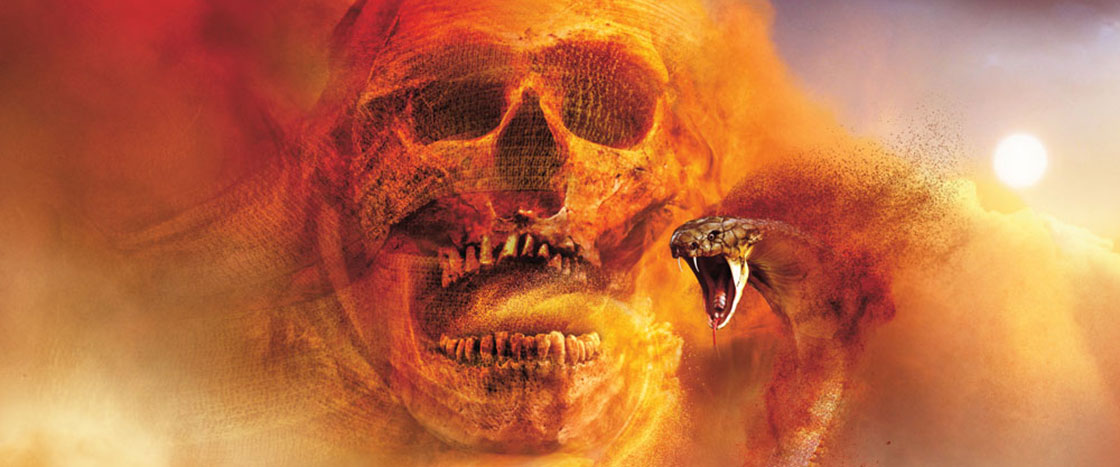Cairo, Egypt, April 1923
N2: In a dimly lit room, Lady Evelyn sits at the bedside of her father.
N3: Lord Carnarvon looks thin and frail in the large bed.
Evelyn: Father, your skin is so pale. And that red mark on your cheek looks like it’s on fire.
Carnarvon: It is nothing. Just a mosquito bite.
Evelyn: Are you sure? You seem to be having trouble breathing.
Carnarvon: There is no trouble. I’m overjoyed!
Evelyn (taking his hand ): I know, Father. Your archaeology team has just made the discovery of the century. Your name will live forever in history books.
N1: Lord Carnarvon begins to cough. A doctor arrives.
Evelyn (quietly): Doctor, can you help him?
Doctor: I don’t know. This is a very mysterious illness.
Evelyn: He must get well. Haven’t you heard?
Doctor: Ah yes, the discovery of the tomb of Tutankhamen. All of Egypt has been speaking of it.
Evelyn: The treasures inside have been hidden for more than 3,000 years.
Doctor: Forgive me, my lady, but perhaps they should remain hidden.
Evelyn: What do you mean?
Doctor: Many believe that the final resting place of a pharaoh is sacred—and that those who enter a pharaoh’s tomb will be cursed.
N2: CLAP! Thunder echoes outside. Lady Evelyn and the doctor both jump.
Evelyn (whispering): Father did fall ill soon after he entered Tutankhamen’s tomb.
N3: Lord Carnarvon’s body begins to tremble. He reaches for his daughter’s hand.
Carnarvon: Evelyn, tell Carter he must . . .
N1: Carnarvon gasps for breath.
Evelyn: Father?
N2: The lights flicker—and go out.
N3: CLAP! Thunder sounds again.
N1: The room is dark, except for a sliver of moonlight peeking in through the window.
N2: The doctor checks Carnarvon’s pulse.
Doctor (to himself ): It seems the curse has claimed its first victim.
Evelyn: Is he . . . ?
Doctor: I am so sorry, my lady.
N3: Neither the doctor nor Lady Evelyn notices the cobra that slithers out from under Carnarvon’s bed and disappears into the shadows.

